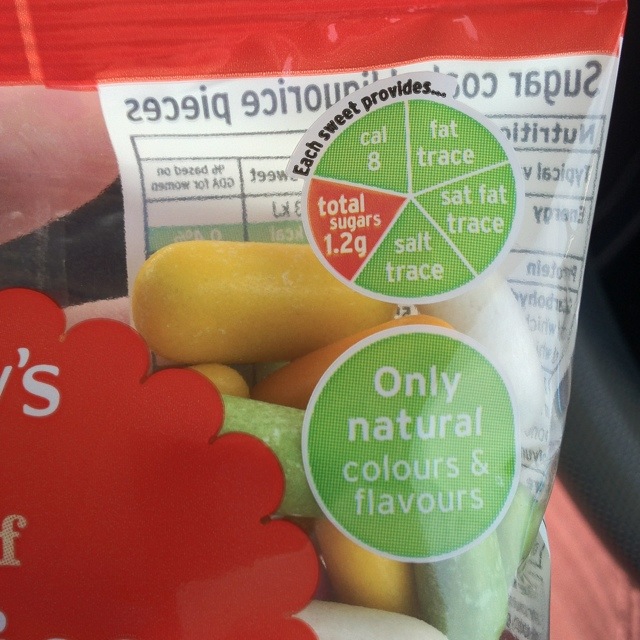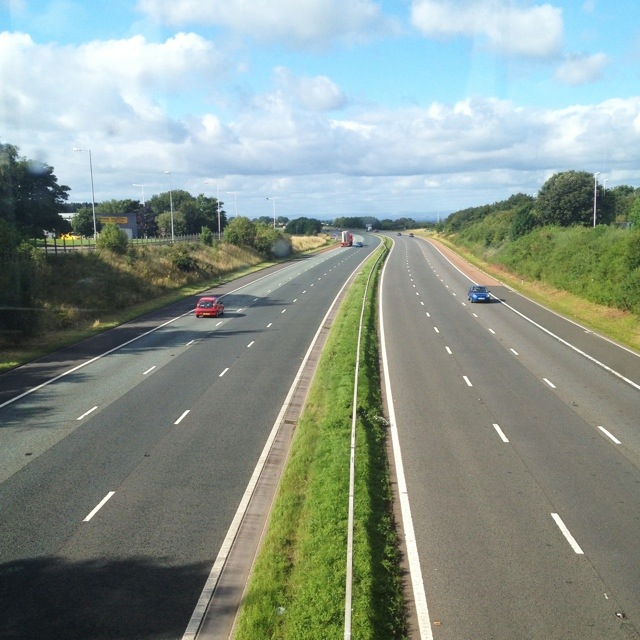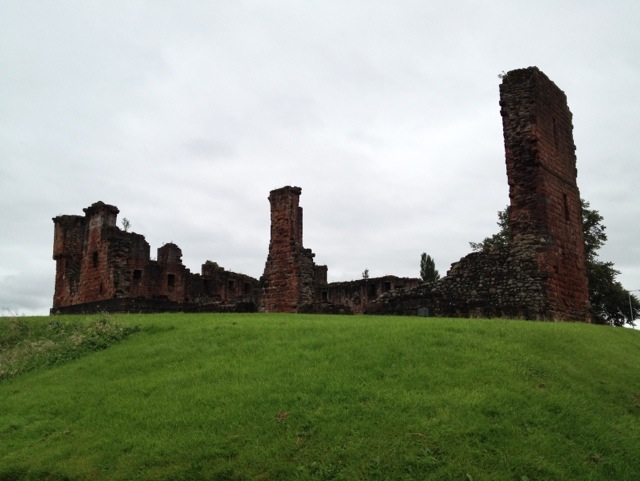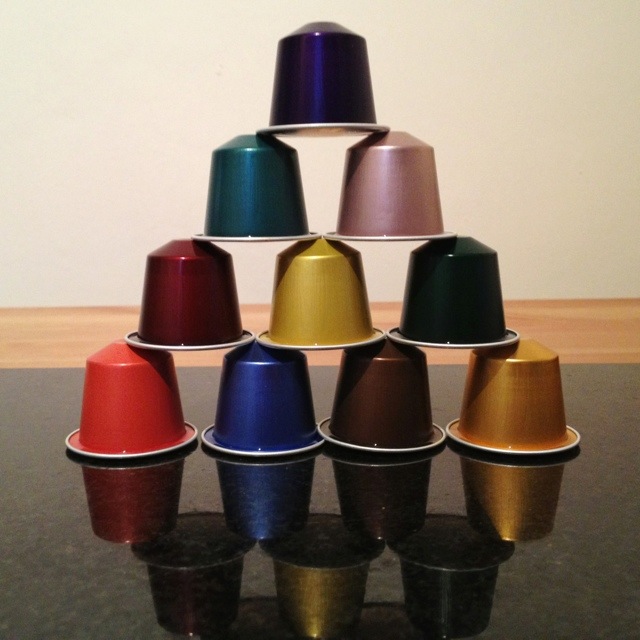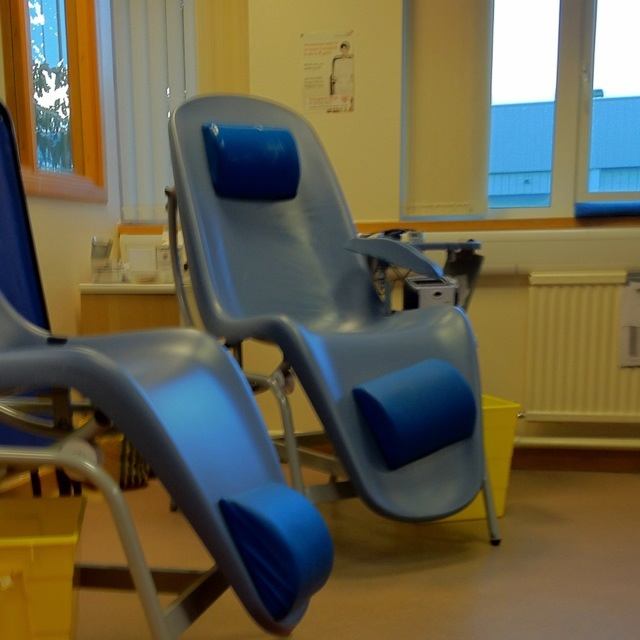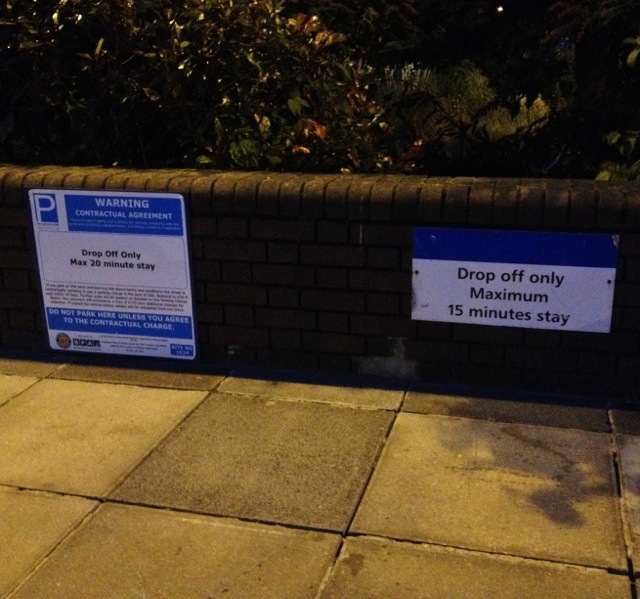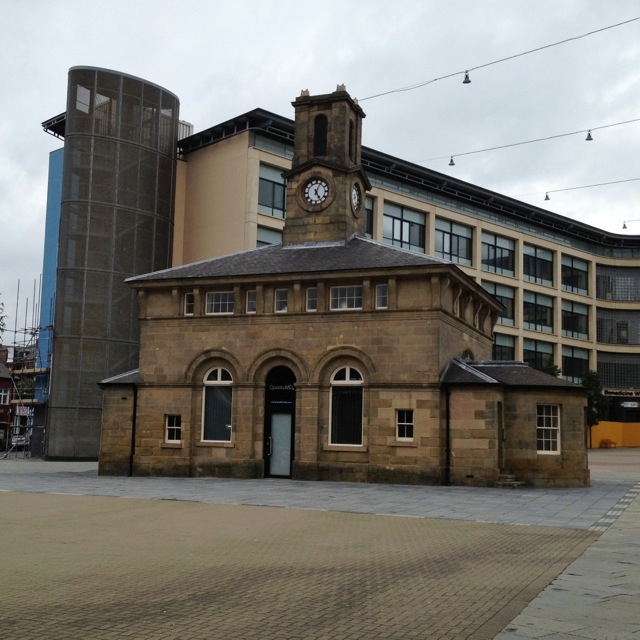Alan Turing is a fascinating subject for a biography: A leader in the fields of logical mathematics and computing, a war hero of a very different kind, and a social misfit. There’s so much to explore, and so much to learn. Yet, before turning to this definitive volume, I hadn’t read a proper biography of the man – although given the size of his standing in our cultural, intellectual and scientific past, I had a fairly good knowledge of many of the key moments in his story.
This comprehensive biography is certainly detailed. It is, perhaps, the most thorough biography I’ve read. This allows a great insight into the character and intelligence of Turing, but it did quickly become unnecessarily dense in parts, and felt like it was veering off at a tangent by placing Turing’s academic work in a wider context than was really necessary. I don’t think the book needed to explain some of the mathematical concepts in quite the detail it did, nor did it need to explain in fine detail the sequelae of those concepts as discovered by others.
I was also a little uncomfortable with the degree of subjectiveness in this description of his life. Clearly, it is impossible for any biography to be written from a totally objective stand-point, but it is clear that Hodges stands in awe of Turing, and constantly tries to explain and justify anything that could be seen as a fault in him. There were times when motives and opinions seemed to have been assigned to Turing’s actions without a clear explanation given as to how Hodges had derived these, which made me question their veracity. I’m also awed of Turing and think he’s a giant of our age, but even I found the warmth, bordering on sycophancy, of this book a little overbearing. I think the point would have actually been made more strongly had the reader been left to draw their own conclusions from a more objective description of the events.
I was disappointed with some of the omissions of this book. Turing was clearly a man with a strong sense of morality and ethics, and yet cryptography – perhaps his best-known skill – has inherent within it the ethical complexity of choosing when to act on intelligence, and when to ignore it and effectively sacrifice people in order to maintain the illusion that the code has not been broken. This, to me, is one of the most profoundly interesting parts of the work completed at Bletchley, and of cryptography, yet this is given relatively short shrift in this biography. I feel sure that Turing would have reflected on this point, and probably had interesting things to say about it, so it seems a shame that they aren’t discussed here. Perhaps this reflects a wider criticism of the book – it’s difficult at times to pick out Turing’s character amongst the reams of detailed mathematical and computational theory. That said, I think the story and an impression of the character of Turing does manage to shine through over the course of the book as a whole, even if it is hard-going in parts.
It’s really difficult to give this book a star-rating, because there are passages of five-star descriptive biographical brilliance, and passages of five-star mathematical or computational explanation, but the two cannot really happily co-exist in one volume. For a general reader like me, it leads to passages of tedium; the opposite passages would probably have the same effect for someone reading for the theory.
My head says, therefore, that this is a three-star read; but my heart, perhaps more because of the piquancy of the tale, says it’s a four-star read. So I’ll give it the benefit of the doubt.





Alan Turing: The Enigma is available now from amazon.co.uk in paperback, and also a special Centenary edition. There’s no Kindle edition available, which may well have frustrated Alan if he were alive today, and is really inexcusable when a new edition has only just been published.
